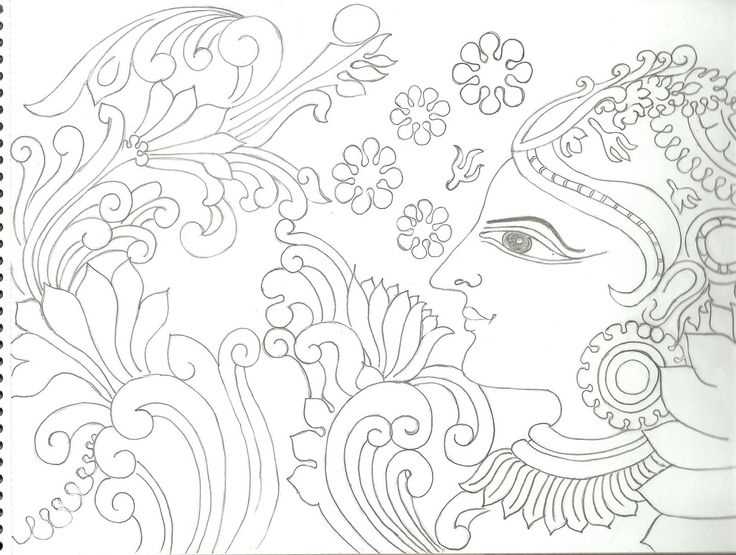
If you’re a fan of street art, visiting Berlin is an absolute must. The German capital is known worldwide for its vibrant urban art scene, with colorful murals, stencils, and graffiti adorning the city’s streets, buildings, and even its remaining sections of the Berlin Wall. To help you navigate through this diverse and ever-changing landscape of street art, the Street Art Berlin Map is your ultimate companion.
The Street Art Berlin Map is an interactive and regularly updated map that showcases the best street art locations in the city. It is a collaborative project created by local street art enthusiasts, artists, and photographers who are passionate about documenting and preserving Berlin’s vibrant urban art culture. The map features not only the popular spots and well-known murals but also hidden gems and off-the-beaten-path artworks.
Whether you’re a first-time visitor or a seasoned Berliner, the Street Art Berlin Map allows you to explore the city’s unique street art scene like never before. You can use the map to plan your own self-guided walking tours, follow curated trails, or simply wander around and discover unexpected artworks. Each location on the map comes with a description and background information about the artwork, the artist, and the techniques used, giving you a deeper understanding and appreciation of the pieces.
So grab your walking shoes, a camera, and the Street Art Berlin Map, and immerse yourself in the vibrant world of urban art. Get ready to be inspired, amazed, and captivated by the diverse and ever-evolving street art scene that makes Berlin one of the world’s street art capitals.
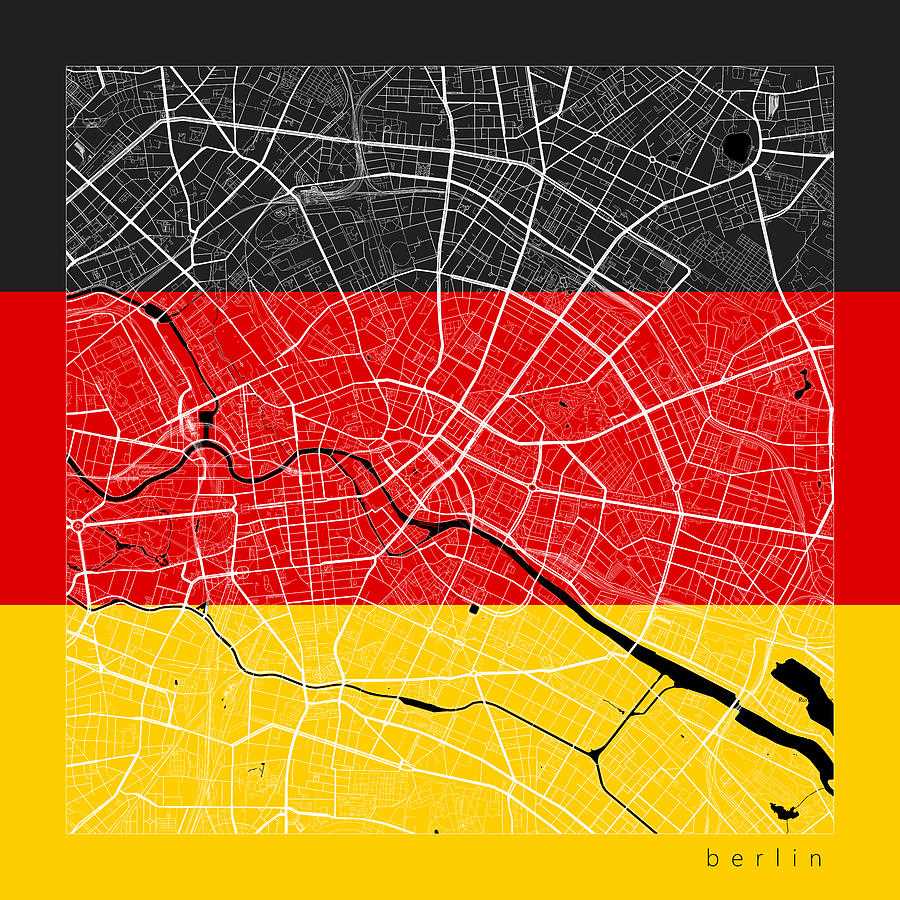
Many street artists flock to Berlin, drawn by its reputation as a haven for creative freedom. The city’s history of political division and reunification has played a significant role in shaping its street art scene. From the famous East Side Gallery, a section of the Berlin Wall covered in colorful murals, to the hidden gems scattered throughout the city, every street corner offers a story waiting to be discovered.
To truly appreciate Berlin’s street art, it is important to understand its cultural significance. Street art has become a powerful form of expression for many marginalized groups. It serves as a platform to raise awareness about social and political issues, challenge the status quo, and reclaim public spaces.
Walking through Berlin’s neighborhoods, you will encounter unique pieces that reflect the diversity of the city’s artists. From large-scale murals to small stickers and stencils, the art form knows no boundaries. Some of the most famous street artists in the world have left their mark in Berlin, including Banksy, Blu, and Os Gemeos. However, the beauty of Berlin’s street art is that you never know what you will stumble upon around the next corner.
To navigate through Berlin’s diverse street art landscape, you can use the Street Art Berlin Map. This interactive map highlights the best street art locations, guiding you on a journey to explore the city’s most iconic and hidden art pieces. Whether you choose to follow the map or wander off the beaten path, Berlin’s street art will captivate you and provide a glimpse into the city’s soul.
So, put on your walking shoes, grab a camera, and immerse yourself in Berlin’s vibrant street art culture. From the politically charged murals to the whimsical designs, every encounter will leave you with a deeper understanding of Berlin’s history, culture, and the powerful impact of street art.
Famous Artists
Street art in Berlin is home to a number of talented and famous artists. Some of these artists have gained international recognition for their unique and impactful works. Here are a few renowned street artists based in Berlin:
El Bocho
El Bocho is a well-known street artist in Berlin, famous for his character “Little Lucy.” This black and white stencil art can be found throughout the city, often depicting the mischievous little girl in various situations. El Bocho’s art often carries a social or political message and has become an iconic part of Berlin’s street art culture.
Banksy
While not originally from Berlin, Banksy has left his mark on the city during his travels. Known for his thought-provoking and often controversial pieces, Banksy’s works can be found in various locations in Berlin. His stenciled murals often carry a political message and have made a significant impact on the street art scene.
These are just a couple of the famous artists who have made a name for themselves in Berlin’s vibrant street art scene. Their unique styles and powerful messages have contributed to the city’s reputation as a thriving hub of artistic expression.
| Artist | Famous Work |
|---|---|
| El Bocho | Little Lucy |
| Banksy | Various political stencils |
Art Tour Recommendations
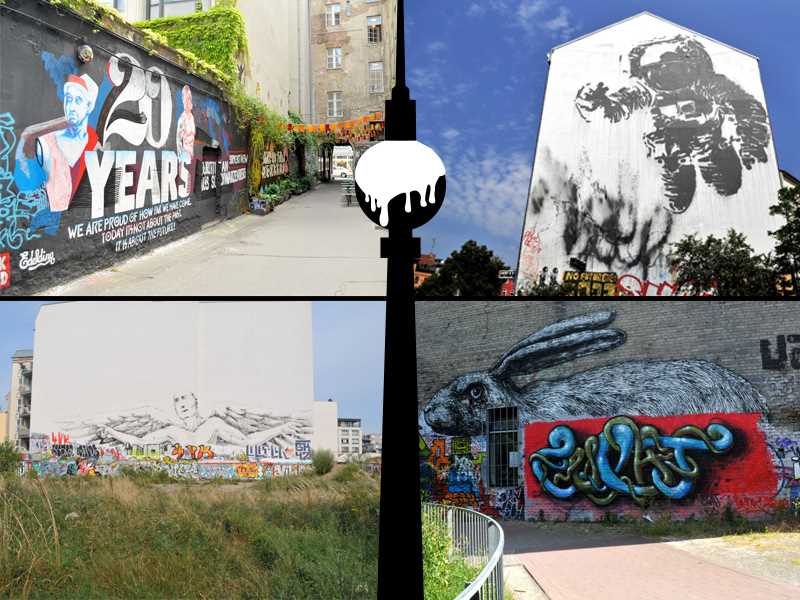
If you are visiting Berlin and want to explore its vibrant street art scene, here are some recommendations for an art tour:
1. Kreuzberg: Start your tour in the neighborhood of Kreuzberg, known for its alternative art scene. Walk along Oranienstraße and admire the colorful murals and graffiti art that covers the walls. Don’t miss the famous street art hotspot, Urban Spree, where you can find rotating exhibitions and a large outdoor gallery.
2. Friedrichshain: Head over to Friedrichshain, another neighborhood with a thriving street art culture. The East Side Gallery is a must-visit, featuring a 1.3-kilometer-long section of the Berlin Wall covered in murals by international artists. Take a stroll along Warschauer Straße and Boxhagener Platz to discover more hidden gems.
3. Mitte: Make your way to Mitte, the city center of Berlin, where you can find a mix of street art and contemporary art galleries. Check out the Kunsthaus Tacheles, a former artists’ collective that now houses galleries, studios, and alternative spaces. Explore the surrounding streets to find smaller art installations and murals.
4. Schöneberg: Don’t forget to visit Schöneberg, a neighborhood with a rich history and a vibrant art scene. Walk along Akazienstraße and Winterfeldtstraße to see the creative expression on the walls. Make a stop at the Haus Schwarzenberg, a hidden courtyard filled with street art, galleries, and cafes.
5. Prenzlauer Berg: Lastly, explore Prenzlauer Berg, an area known for its bohemian atmosphere and artistic spirit. Take a walk along Kastanienallee and discover the numerous street art pieces adorning the buildings. Don’t miss the famous mural “The Sigh” by Victor Ash, located near the Senefelderplatz U-Bahn station.
Remember to respect the art and the neighborhoods while exploring. Take your time to appreciate the artworks and immerse yourself in Berlin’s dynamic street art culture.
The Evolution of Street Art
Street art has come a long way since its humble beginnings as a form of protest and self-expression. What was once seen as vandalism is now celebrated as a legitimate art form that contributes to the cultural fabric of a city. Street art has evolved from simple graffiti tags to intricate and thought-provoking murals that can be found in cities around the world.
Early Beginnings
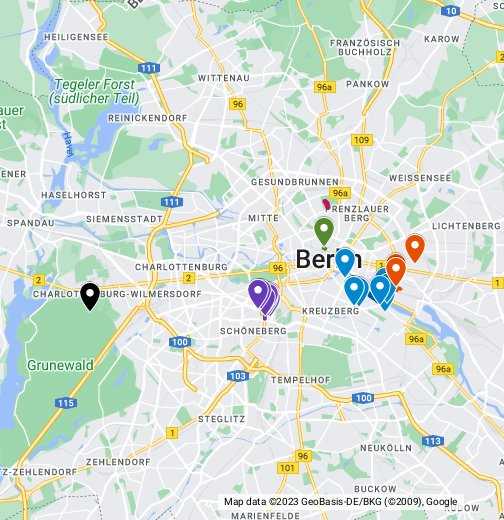
In the 1960s and 1970s, street art emerged as a form of protest against social and political issues. Artists used public spaces as a canvas to voice their opinions and challenge the status quo. In cities like New York and Philadelphia, graffiti tags became a way for marginalized communities to reclaim their neighborhoods and make their voices heard.
The Rise of Urban Art
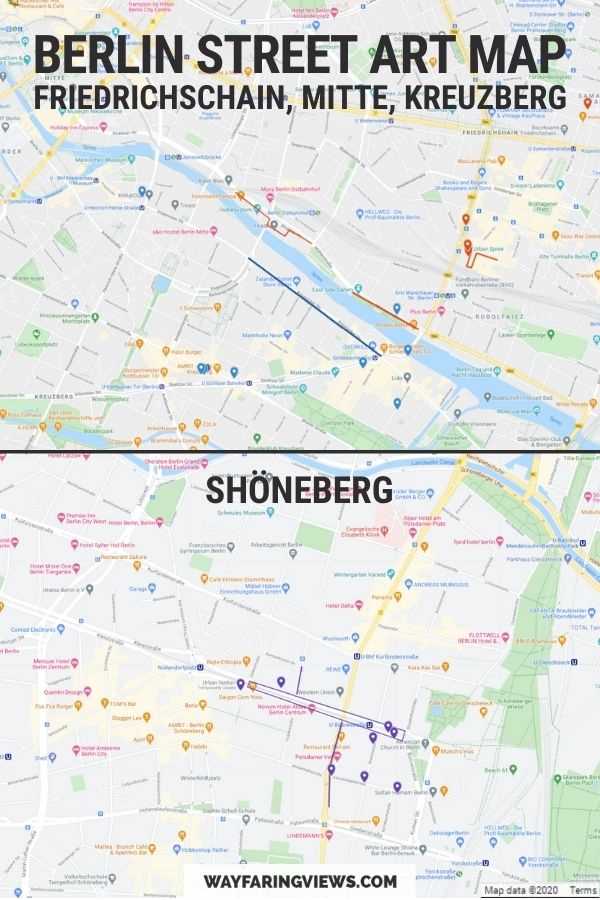
In the 1980s, street art began to gain recognition in the art world. Artists like Keith Haring and Jean-Michel Basquiat used the streets as their gallery, creating vibrant murals that captured the energy and spirit of the urban environment. Their work inspired a new generation of artists to take their art to the streets.
With the advent of the internet and social media, street art gained global visibility. Artists could now share their work with a wider audience, sparking a renewed interest in the art form. Street art became a way for artists to connect with communities and leave a lasting impact on the places they visited.
A New Form of Expression
Today, street art has evolved into a diverse and multidimensional art form. Artists experiment with different styles and techniques, blending traditional graffiti with stencils, stickers, and even 3D installations. Street art has become a tool for social commentary, cultural exploration, and urban beautification.
| Advantages of Street Art | Challenges of Street Art |
|---|---|
|
|
Despite the challenges, street art continues to thrive and evolve. It has become an integral part of the urban landscape, reflecting the social, political, and cultural climate of our time. Street art adds vibrancy and beauty to our cities, inviting us to see the world in new and unexpected ways.
Influence on Urban Culture
Street art in Berlin has had a significant influence on the city’s urban culture. The vibrant and expressive murals that can be found throughout the city play a crucial role in shaping the artistic identity of Berlin.
Street art not only adds color and creativity to the cityscape, but it also serves as a platform for artists to express their opinions, ideas, and emotions. The murals often touch on various social and political issues, sparking important discussions and reflections within the community.
Moreover, street art has the power to transform neglected areas into vibrant and lively spaces. Many neighborhoods in Berlin have experienced revitalization through the introduction of street art. The once dull and forgotten walls have become art galleries, attracting tourists and locals alike.
The presence of street art has also fostered a sense of community and pride among Berliners. The murals often depict local traditions, events, and historical figures, deepening the connection between the artwork and the local residents.
Furthermore, street art has become an integral part of Berlin’s cultural tourism. Visitors from all over the world come to explore the city’s street art scene, contributing to the economy and promoting intercultural exchange.
An Interactive Map
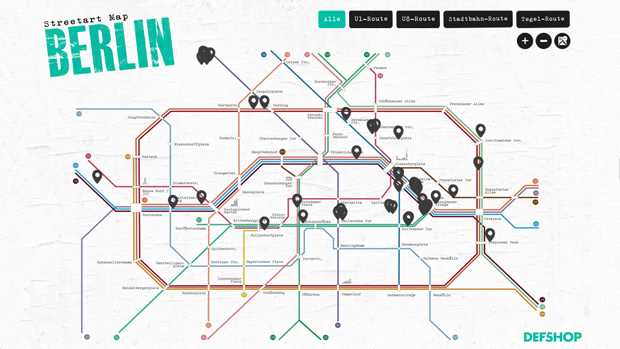
If you’re a street art lover or just interested in exploring the vibrant urban art scene in Berlin, an interactive map is an essential tool. With an interactive map, you can easily navigate through the city and discover hidden gems of street art.
The Street Art Berlin Map is an interactive online map that allows you to search for street art in different neighborhoods of the city. It not only provides the locations of famous street art murals and graffiti but also offers descriptions and information about the artists behind the artwork.
Using the map is straightforward and user-friendly. You can zoom in and out, click on specific locations to get more information, and even filter your search based on specific artists or artworks. The map also provides directions to help you find your way to the street art spots.
One of the great advantages of using an interactive map is that it’s constantly updated. The street art scene in Berlin is ever-evolving, with new artworks appearing regularly, and the interactive map is the perfect resource to keep up with the latest street art trends.
Whether you’re a local or a tourist, using an interactive map will enhance your experience of exploring Berlin’s street art. It allows you to create your own personalized street art itinerary, discover new artists, and truly appreciate the art form in its urban context.
So, if you’re ready to dive into the world of street art in Berlin, grab your smartphone or laptop, open the Street Art Berlin Map, and get ready for an immersive and exciting journey through the colorful streets of the city.
Themes and Styles
Political and Social Commentary
Many street artists in Berlin use their art as a form of political and social commentary. They address issues such as inequality, gentrification, and the refugee crisis, providing a platform for marginalized voices. Murals and stencils often feature powerful images and slogans that challenge the status quo and encourage dialogue.
Abstract and Geometric Designs
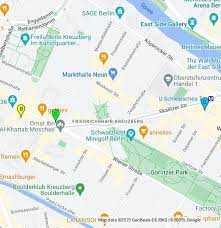
Another prevalent style in Berlin’s street art scene is abstract and geometric designs. These artworks often feature bold colors, intricate patterns, and repetitive shapes. Artists use these elements to create visually striking compositions that captivate viewers and transform urban spaces.
- Stencils and Graffiti Tags
- Stencil art and graffiti tags are also commonly seen in Berlin’s streets. Stencils allow artists to create detailed and intricate designs by using a pre-cut template. These designs can range from portraits of iconic figures to political symbols or abstract patterns. Graffiti tags, on the other hand, are the personalized signatures of individual artists, often executed with intricate calligraphy and vibrant colors.
- Murals and Large-scale Artworks
- One of the most impressive aspects of Berlin’s street art scene is the abundance of murals and large-scale artworks. Many artists are given permission to create their art on the sides of buildings, transforming them into vibrant and immersive experiences. These large-scale artworks often tell stories or depict powerful images that reflect the artist’s vision.
Exploring the various themes and styles of street art in Berlin is an adventure in itself. Whether you are interested in political commentary, abstract designs, or large-scale murals, you are bound to find something that captivates your imagination and sparks your curiosity.
Preserving Street Art
Street art is a transient and temporary form of artistic expression, often created illegally or without permission. While this gives street art its raw and rebellious charm, it also means that it can easily be lost or destroyed. To preserve street art and ensure its longevity, various initiatives have been implemented in Berlin.
Collaborations with Property Owners
One way to protect street art is through collaborations with property owners. By obtaining the permission of building owners, street artists can legally create their works, which provides them with a sense of security that their art will not be immediately removed or vandalized. This kind of collaboration also allows for involvement and dialogue between artists and property owners, fostering a mutual understanding and appreciation for street art.
Street Art Conservation Organizations
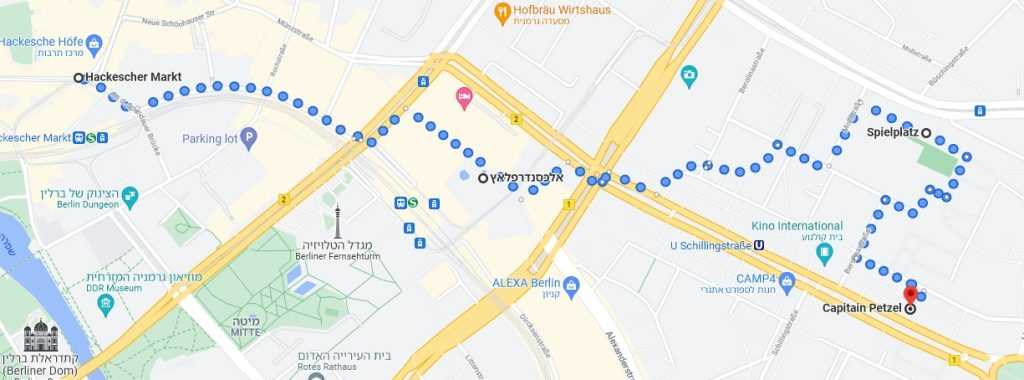
In Berlin, there are organizations dedicated to the preservation and documentation of street art. These organizations work closely with artists to protect their work from vandalism and decay. They use conservation techniques to restore and maintain the art, ensuring that future generations can enjoy it. These organizations also create digital archives and maps of street art locations, making it easier for enthusiasts to discover and appreciate the art.
| Benefits of Preserving Street Art |
|---|
| 1. Cultural Heritage: Street art is an important part of a city’s cultural heritage and should be preserved for future generations. It reflects the identity, history, and social fabric of a community. |
| 2. Economic Value: Street art has the potential to attract tourists and generate revenue for local businesses. Preserving it can contribute to the cultural and economic development of a city. |
| 3. Creative Expression: Street art provides a platform for artists to express their creativity and share their messages. Preserving it ensures that their voices are heard and their art is valued. |
| 4. Community Engagement: Street art often sparks conversations and engages the community in discussions about art, social issues, and public space. Preserving it encourages community involvement and active participation. |
Artistic Expression in Public Spaces
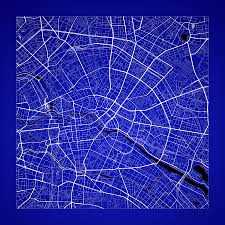
Street art has become a powerful form of artistic expression in public spaces, allowing artists to communicate their messages and ideas to a wide audience. In cities like Berlin, where street art is celebrated and embraced, the streets have become a vibrant canvas for artists to showcase their creativity.
Street art is not just about graffiti and spray-painted tags; it encompasses a wide range of artistic techniques and styles. From murals and stencil art to paste-ups and installations, street artists use various mediums to transform public spaces into galleries of artistic expression.
One of the unique aspects of street art is its accessibility. Unlike traditional art galleries, street art is open to everyone and can be enjoyed by people from all walks of life. It brings art out of the confines of museums and into the streets, making it a part of everyday life.
Street art also has the power to challenge social norms and spark conversations. Artists often use their work to comment on political issues, social inequality, and environmental concerns. Through their art, they inspire dialogue and encourage viewers to think critically about their surroundings.
Despite its popularity, street art exists in a complex legal and ethical landscape. While some artists obtain permission from property owners and work within the boundaries of the law, others choose to operate in a more clandestine manner. This tension between art and legality adds another layer of intrigue to the street art scene.
Overall, street art in Berlin and other cities serves as a testament to the power of artistic expression in public spaces. It brings color, beauty, and thought-provoking messages to the streets, enriching the urban environment and stirring the imagination of all who encounter it.
Street art is not just vandalism; it is a form of self-expression and cultural celebration.
Experience the vibrant street art scene in Berlin and discover the stories behind the murals.

I am a mural enthusiast and a fervent admirer of street art. Rather than creating murals myself, I am passionate about collecting them. My love for street art knows no bounds. I am dedicated to curating and cherishing these artworks that grace the streets. My collection stands as a testament to my profound appreciation for this form of artistic expression.
read about me



